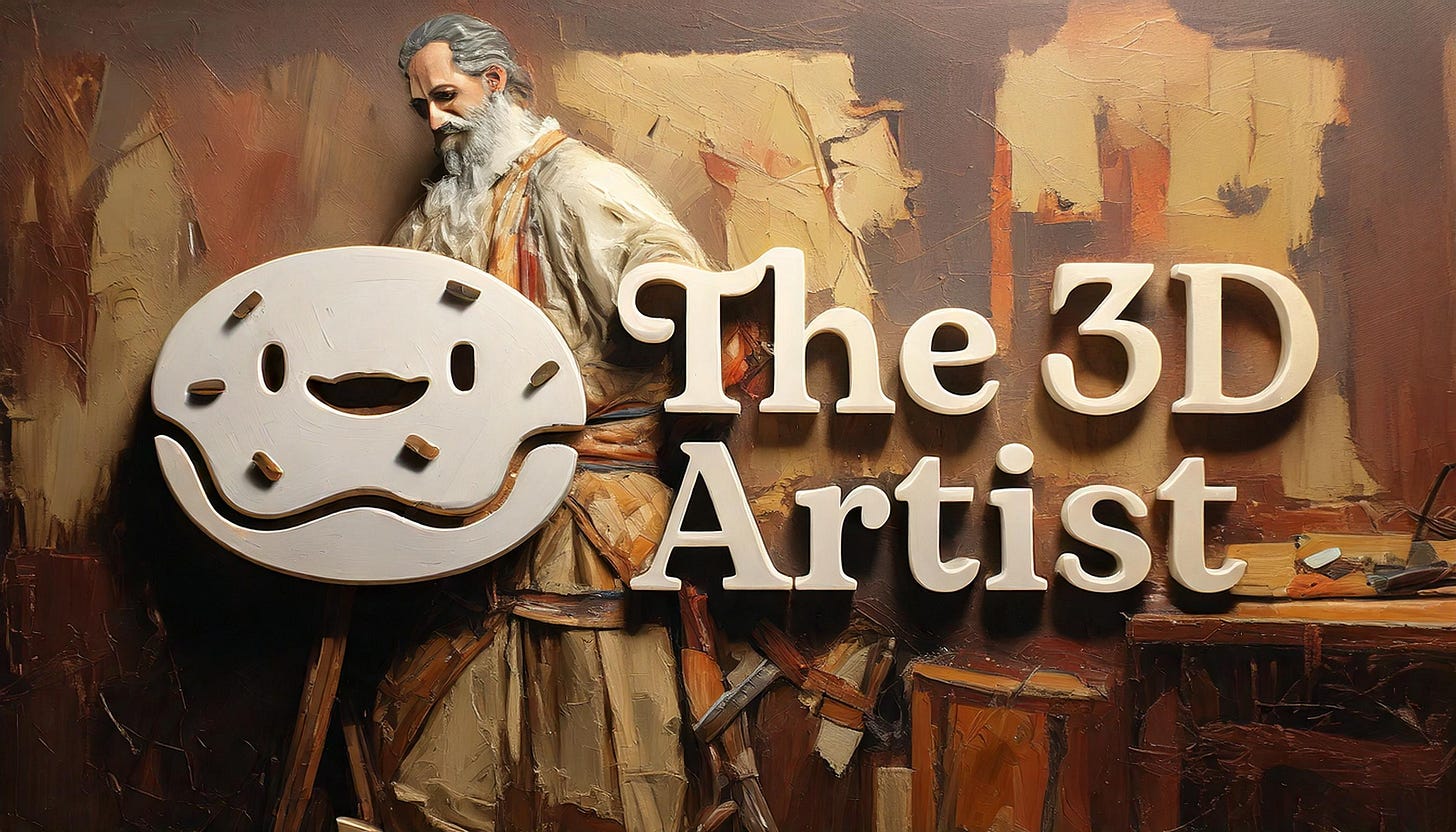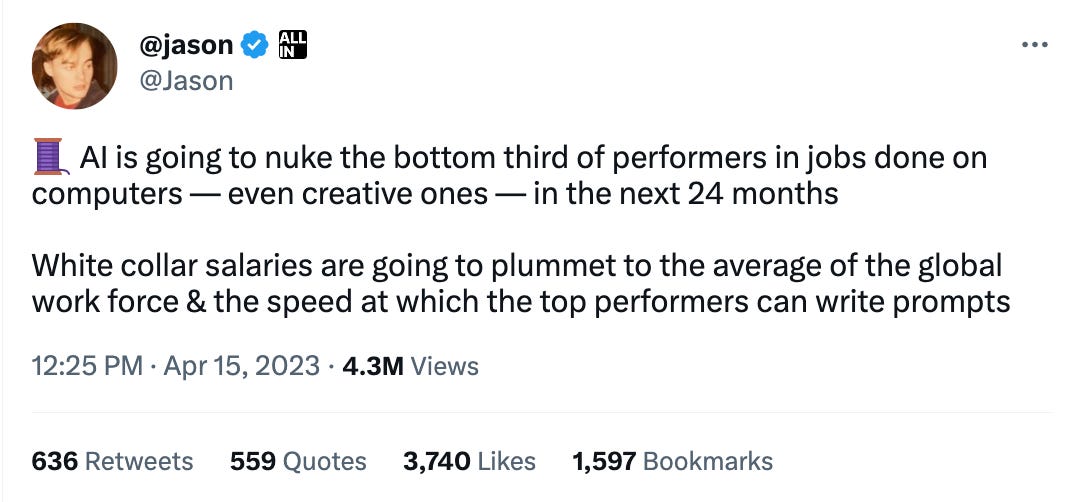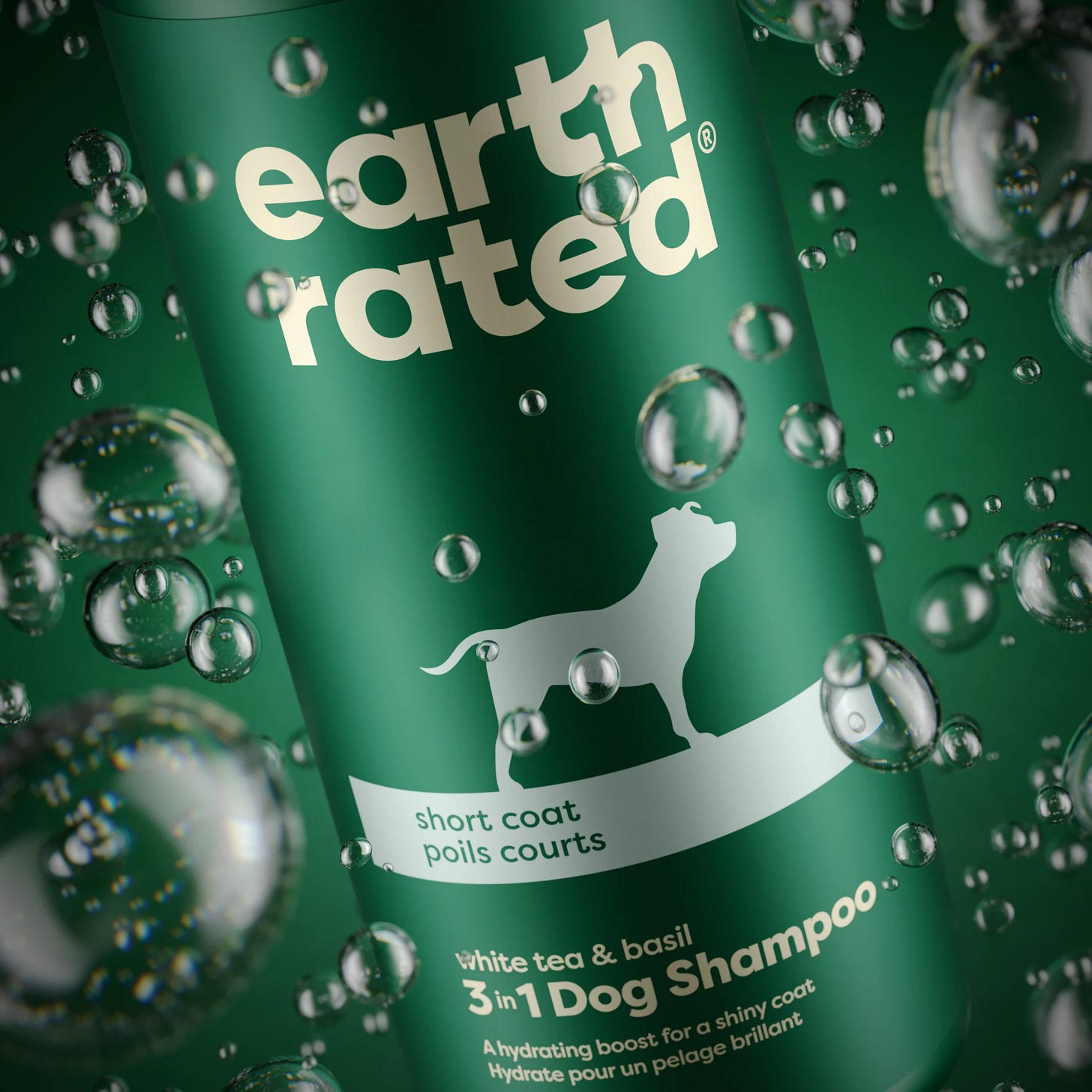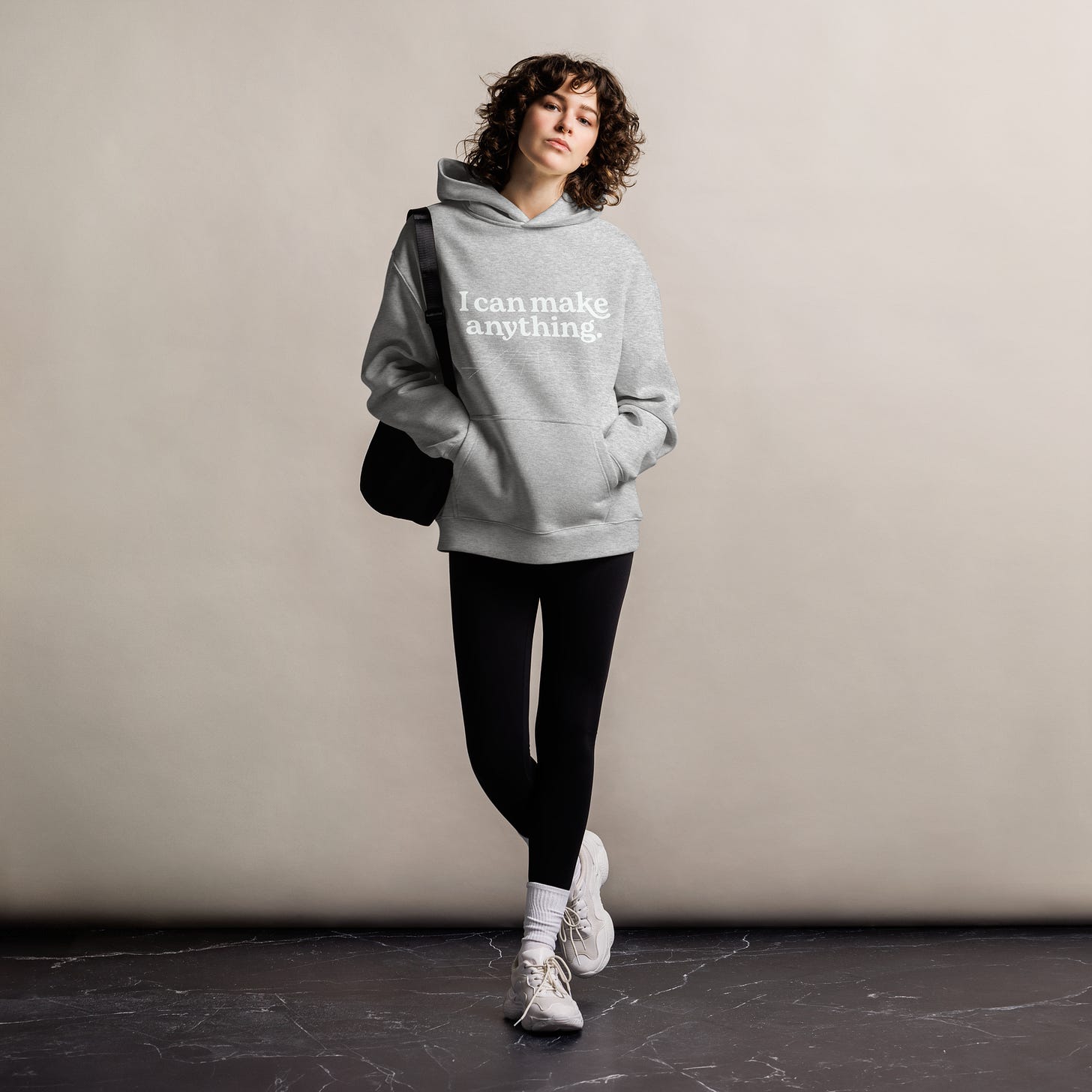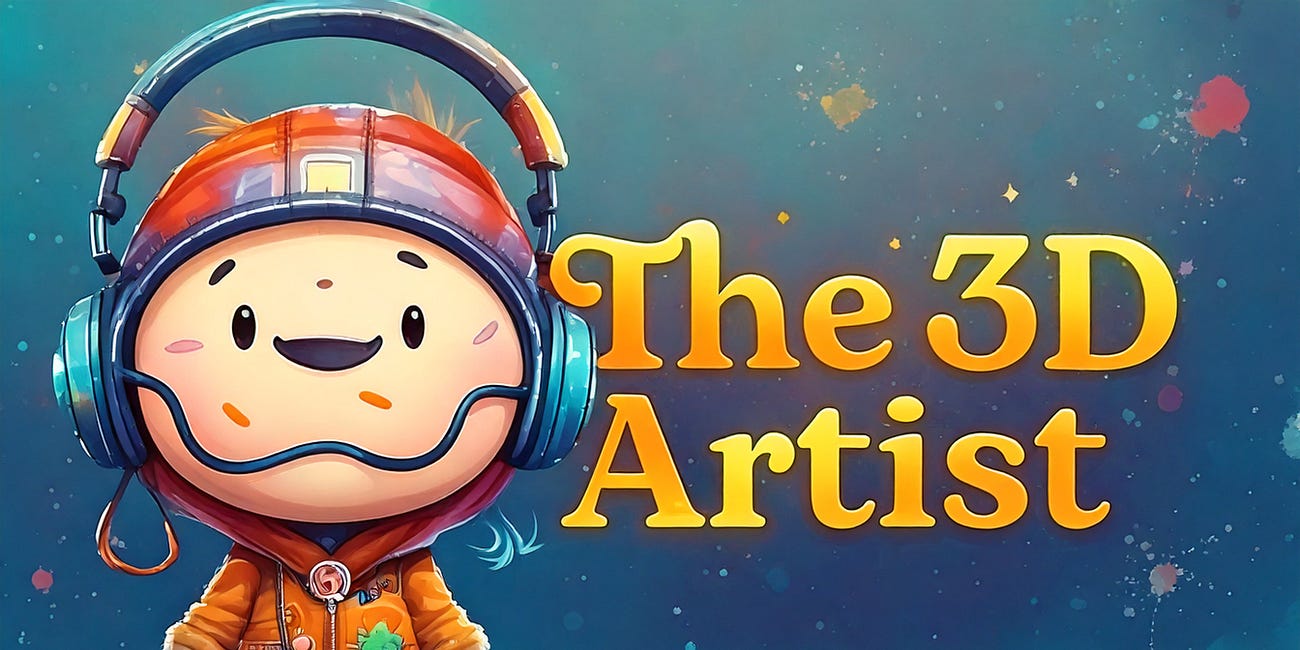Generative AI’s Reality Check: What It Means for 3D Artists in 2025
Why 3D artists are poised to benefit in GenAi Workflows
Over the past two years, generative AI has been an omnipresent force hovering over every conversation about the future of 3D, sparking frustration, excitement, skepticism, and heated debates.
In 2024, I spent much of my time clarifying my stance: generative AI has the potential to be a transformative tool, but not an existential threat to 3D artists. Now, in 2025, we’ve reached a pivotal moment—it's the year of "put up or shut up" for AI companies. The checks written by the hype need to be cashed!
The AI industry has made grand claims about capabilities, cost-cutting, and workflow efficiency in the last two years. Now, companies are demanding actual, tangible results. If AI cannot deliver on its promises at scale, investors and businesses will start looking elsewhere. This is a pivotal year to determine whether generative AI is genuinely a revolution or just another overhyped technology struggling to find its niche.
The Reality Check for Generative AI
Exaggerated claims and flashy demos dominated the past two years. AI-generated marketing promised to replace entire creative departments, but as companies have now integrated these tools, they realize what many of us already knew: generative AI has limitations, especially when precision and accuracy are required.
For image generation, AI struggles with details that are essential to businesses. While it's excellent for generating generic visuals (akin to stock images), but it fails when tasked with creating pixel-perfect product representations. This is a deal-breaker for industries where accuracy in branding, labeling, and product presentation is paramount.
(Sidebar - Speaking of AI-generated stock images…I stumbled upon this week. Every time I looped through it, I found something new to question.
Why is her right hand hovering like it’s allergic to the keyboard? Where’s the rest of the pen she’s balancing on her hand? What exactly is happening with her left fingers—are they growing extenders? And her upper arm—why is it so skinny?!? Don't even get me started on that wrist bone.
And for the love of all things human… blink, dammit, BLINK!!!!)
(Sidebar 02 - This week, I came across a theory that the uncanny valley we all experience might actually be part of our human evoluation. Like, there might've been a time when our only shot at survival was being able to tell humans from things that were almost human and now I think about that before I fall asleep at night. And now you might, too. You’re welcome! Ok. Let’s get back to it.)
The AI Hype Machine and Its Cracks
Many startups spent 2023 and 2024 marketing generative AI as a revolutionary force capable of automating entire industries. Social media amplified this narrative, spreading misconceptions about AI’s capabilities. Investors poured billions into AI research and development, expecting a future where businesses could operate with minimal human involvement in creative production.
Now, in 2025, businesses that started adopting these workflows based on those promises are confronting the reality of its shortcomings. While generative AI can assist with background generation, rapid prototyping, and initial concept work, it struggles with the precision and consistency needed for companies that need to showcase their products.
Why Generative AI Falls Short for Product Visualization
Lack of Precision – AI-generated images hallucinate details, making them unreliable for showcasing real-world products.
Branding Consistency – Companies invest millions in precise brand logos, identities, colors, and materials that AI cannot consistently replicate.
Legal Compliance – False representation of products can lead to legal consequences. Businesses must present accurate visuals, something AI-generated images can’t guarantee.
Consumer Expectations – Misrepresented products lead to high return rates, costing companies millions in logistics and refunds.
In fact, if you ask Midjourney to create a product render, it generally doesn't even try to generate a label in most cases. It just gives you a blank white space because it knows humans are best at this detail work.
These challenges have led some companies to realize that AI-generated backgrounds and scenes are helpful, but the core product image still needs to be precise. And how do you create an accurate representation of a product?
(Do you see where I'm going with this? Do you know where you fit into the next step?)
It's a 3D asset, of course!
The Rise of 3D Digital Twins
Generative AI has inadvertently reinforced the need for high-quality 3D assets. While AI can rapidly generate background environments, the product itself must be represented with photorealistic accuracy. Enter digital twins—meticulously crafted 3D models that are:
Exact replicas of real-world products
Adaptable for marketing, e-commerce, and visualization
Scalable for global brands needing mass content production
By integrating generative AI with 3D workflows, companies can create dynamic marketing visuals without sacrificing accuracy. AI generates adaptable scenes, while the 3D model ensures the product remains true to its real-world counterpart.
Why 3D is the Key to AI-Driven Workflows
One of the biggest challenges facing AI developers is their models’ inability to produce consistent results across multiple perspectives. If a company wants to showcase a product from eight different angles or in different lighting conditions, generative AI simply cannot maintain the level of consistency required. This is where 3D workflows shine.
With a 3D model, a company can render its product in any scenario, ensuring that it looks the same across all images, videos, and interactive applications. 3D technology enables:
Consistent product imagery across campaigns
Real-time rendering for AR/VR and Web3D experiences
Scalability for global markets needing localized content
The Expanding Role of 3D Artists
Far from replacing 3D professionals, generative AI is opening new opportunities:
More Demand for Digital Twins – Companies need experts to create accurate 3D models for AI-integrated workflows.
AI-Assisted Workflows – Generative AI speeds up aspects of production, but human oversight and 3D expertise remain crucial.
3D as a Universal Skill – Even non-3D professionals are starting to use basic 3D tools, increasing industry-wide adoption and creating a greater need for expert 3D artists.
As generative AI becomes more embedded in creative workflows, 3D professionals will play an essential role in shaping its outputs. Companies are now realizing they need a hybrid approach—one that combines AI’s speed with 3D artists’ expertise.
The Future: AI as a Tool, Not a Replacement
The generative AI industry was moving at an unprecedented pace just a year ago, with new advancements, tools, and breakthroughs emerging seemingly every week. But have you noticed a slowdown? That's because AI, like many transformative technologies before it, has sprinted through the initial 80% of its potential, tackling the easier, more scalable problems first. Now, it's hitting the hard part—the final 20%—where progress slows dramatically.
This last stretch involves refining AI’s ability to maintain consistency, reduce hallucinations, and solve for accuracy at scale, all of which are exponentially more difficult than generating generic imagery or automating basic tasks. This slowdown isn't a failure—it's the natural reality of technology development when it shifts from flashy breakthroughs to practical, real-world application. And in this stage, 3D artists have a unique advantage: the skills to create the exact, pixel-perfect assets that AI still struggles to generate reliably.
For 3D artists, this is good news. Instead of being replaced, we are becoming more integral to modern workflows. As AI-powered tools continue to evolve, companies will need experienced professionals to integrate these technologies effectively. The generative AI revolution isn't replacing 3D—it’s amplifying its importance.
So, as AI-generated content surrounds our work, the need for skilled 3D artists remains stronger than ever. The future isn’t about AI taking over—it's about 3D professionals leveraging AI to become more integral in creative workflows.
Final Thoughts: The New 3D-Driven AI Era
Looking ahead, I believe we are entering a new era of AI-driven 3D content creation. The next big innovations will not be about AI replacing 3D artists, but rather enhancing their capabilities. As AI continues to automate repetitive tasks and streamline workflows, 3D professionals will have more freedom to focus on creativity, problem-solving, and high-end production.
The companies that recognize this shift and invest in strong 3D foundations will be the ones that thrive in the years to come. And for 3D artists? The opportunities are only growing.
The 3D Artist Community Updates
We are thrilled to have Mike Festa join us for an AMA this week!
For over a decade, Mike has been at the forefront of advancing 3D, augmented reality (AR), and virtual reality (VR) technologies. As an early advocate and community leader, he played a key role in fostering industry growth through his leadership in Boston VR and as the inaugural Boston chapter president of the VR/AR Association (VRARA).
In 2015, Mike founded the Wayfair Next R&D team, pioneering innovative applications of 3D and immersive technologies in e-commerce. He later contributed to establishing 3D Commerce at Khronos, helping to shape industry-wide standards for scalable 3D content. In 2019, he founded 3XR, a venture-backed startup dedicated to digitizing the physical world, which—despite financial challenges—left a lasting impact through open-source contributions that continue to drive the industry forward.
Today, Mike remains committed to pushing the boundaries of AR, VR, and 3D technology, focusing on open standards and industry collaboration. He is available as a consultant and advisor, helping companies navigate and expand their efforts in immersive technologies.
3D Merch is here and we have a new hoodie!
3D News of the Week
Jellyfish Pictures ceases operations globally amid financial struggles - Animation XPress
Michel Gondry Talks About His Quirky And Heartfelt Animated Feature ‘Maya, Give Me A Title’ - Cartoon Brew
Watch this ‘Severance’ VFX breakdown from season one - Befores & Afters
The Future Of AI In Retail Goes From Personalisation To Prescription With Avatars, Agents, And Automation - The Interline
Streamline Realistic Material & Mountain Creation In UE5 With Ultra Modular Landscape - 80.lv
3D Tutorial
3D Job Spreadsheet
Link to Google Doc With A TON of Jobs in Animation (not operated by me)
Hello! Michael Tanzillo here. I am the Head of Technical Artists with the Substance 3D Growth team at Adobe. Previously, I was a Senior Artist on animated films at Blue Sky Studios/Disney with credits including three Ice Age movies, two Rios, Peanuts, Ferdinand, Spies in Disguise, and Epic.
In addition to his work as an artist, I am the Co-Author of the book Lighting for Animation: The Visual Art of Storytelling and the Co-Founder of The Academy of Animated Art, an online school that has helped hundreds of artists around the world begin careers in Animation, Visual Effects, and Digital Imaging. I also created The 3D Artist Community on Skool and this newsletter.
www.michaeltanzillo.com
Free 3D Tutorials on the Michael Tanzillo YouTube Channel
Thanks for reading The 3D Artist! Subscribe for free to receive new posts and support my work. All views and opinions are my own!



